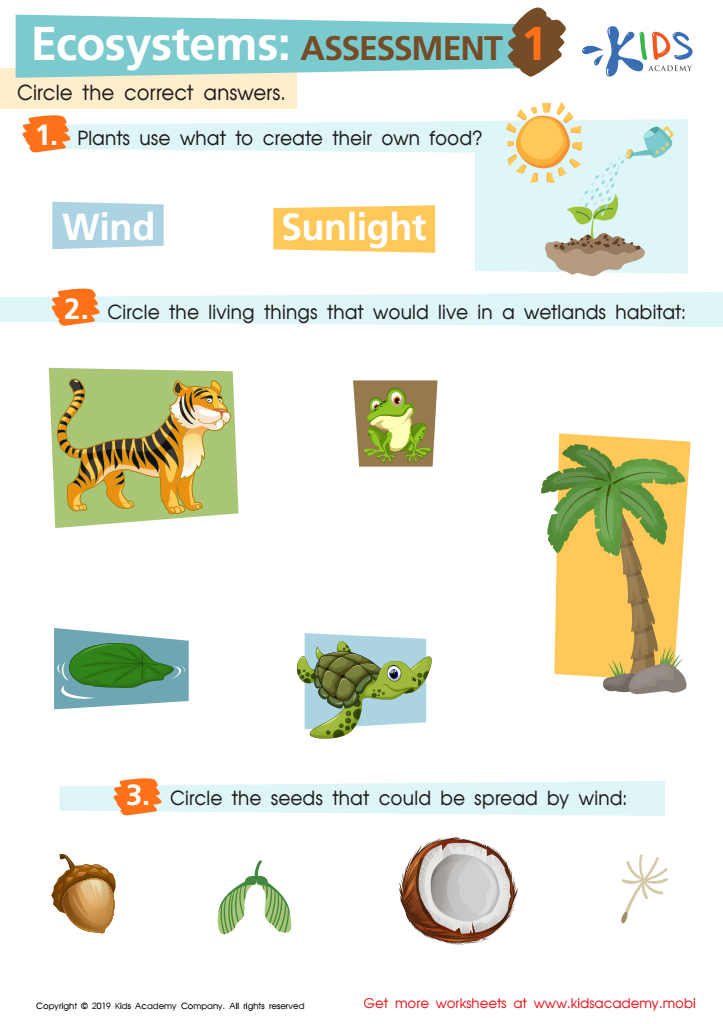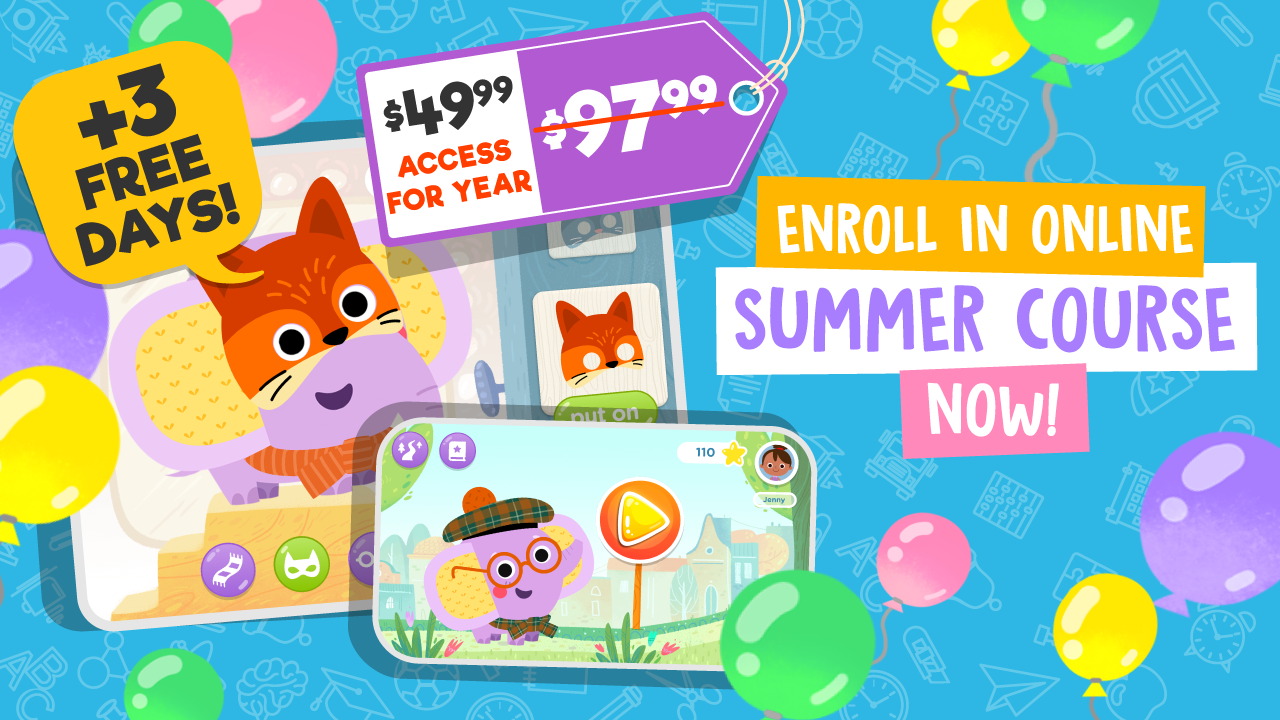Normal Difficulty Useful Plants Worksheets With Answers for Grade 2
6 filtered results
-
From - To
Answer Keys for Normal Plants Worksheets for Grade 2
Explore our engaging "Normal Difficulty Useful Plants Worksheets" designed specifically for Grade 2 students! These worksheets offer a fun and interactive way for young learners to understand the fascinating world of plants. Each activity encourages critical thinking and exploration, helping students identify different plant parts, learn about photosynthesis, and understand the role plants play in our ecosystem. With clear instructions and provided answers, educators can easily incorporate these resources into their lesson plans, promoting independent learning and classroom discussion. Suitable for both in-class assignments and at-home practice, these worksheets foster a love for science while solidifying essential knowledge about plants. Download now!


Seeds on the Move Worksheet


Rainforest Plants Worksheet


Rainforest Animals Worksheet


The Path of Pollinators Worksheet


Ecosystems: Assessment 1 Worksheet


Plant Care Worksheet
Parents and teachers should care about teaching grade 2 students about normal difficulty useful plants because it enhances their understanding of the natural world, encourages curiosity, and promotes environmental awareness. At this age, children are developing crucial skills, including observation, critical thinking, and a sense of responsibility towards nature. Learning about useful plants—like herbs, vegetables, and flowers—provides practical knowledge that can benefit their everyday lives, such as understanding where their food comes from or the basics of gardening.
Additionally, this topic can inspire healthy eating habits, as students may become more interested in trying new fruits and vegetables when they connect with gardening or learning about their growth. It also fosters an appreciation for biodiversity and the importance of plants in sustaining ecosystems.
By integrating interactive activities like planting a garden or creating art projects centered around plants, teachers and parents can make learning engaging. This hands-on approach supports kinesthetic learners and reinforces key concepts. Such educational initiatives also encourage teamwork and communication skills among peers, making learning about plants both informative and enjoyable. Overall, understanding useful plants enriches students' education and promotes lifelong learning habits.
 Assign to My Students
Assign to My Students











